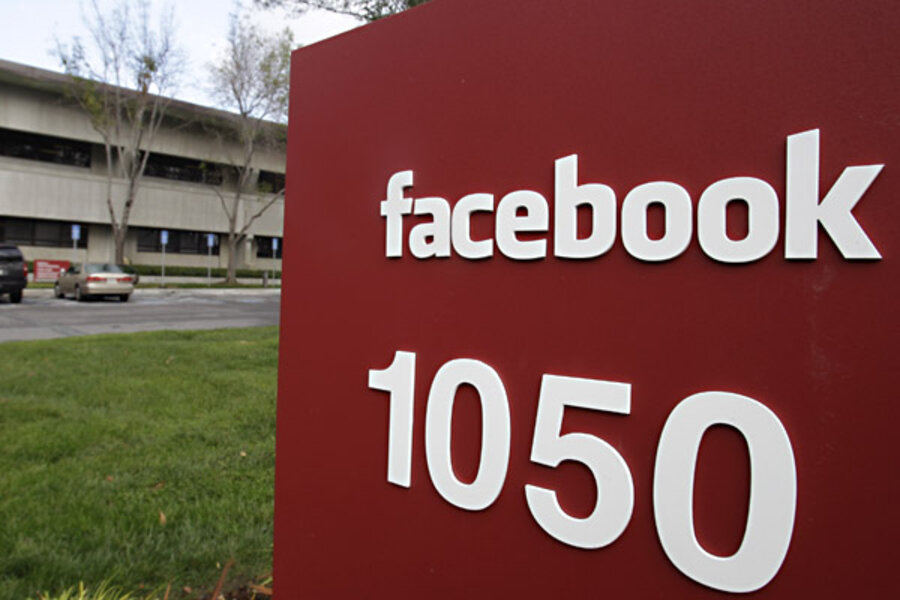The dangers of doing business in the suburbs
Loading...
A NY Times opinion piece argues that suburban buildings are major electricity consumers and that this is bad. The piece presents no facts about what a Microsoft Campus' per-worker energy consumption is and what it would have been had the campus been assembled in downtown Seattle. In this blog post, I'd like to talk through the issues.
I have some street credibility on this topic. As you know, I have written about suburb/center city differentials in energy consumption here, here and here. In new joint work with Nils Kok and John Quigley, we are studying commercial building electricity consumption using building level data from a large California utility.
The Professor who wrote the Times piece didn't answer the basic question; "Why are offices locating in the suburbs?" An easy answer is that land is cheaper there and when there are large residential suburban communities then this will attract offices for accountants, lawyers and other services that the residential community will demand easy access to.
A harder question is why so many major modern companies such as Microsoft, Google, Facebook want to have large suburban campuses. Why don't they locate downtown? The tradeoffs are pretty clear. In center cities, there is a land assembly problem. If Google wants to have low density buildings with green space, this will be hard to assemble in downtown San Francisco and very costly. There will be existing buildings which may have historic preservation status. In the suburbs, land is cheaper and converting farmland or suburbia into a corporate campus features many fewer headaches. The author of the editorial could have done a better job discussing how bad center city public schools and center city politician induced "red tape" stifles the desire of employers to locate new entities downtown. It appears that only Don Trump can make fast headway with downtown development.
Now, from an environmentalist perspective is suburban growth bad? As my past work has documented in terms of transportation she is right that people use the car in the suburbs and are much more likely to use public transit in the city. Since land is cheaper in the suburbs, people and commercial interests purchase more of this land than they would have had they located in the city. If air conditioning scales with unit size, then they will consume more energy than if they located downtown. More empirical work is needed to quantify these "counter-factuals". But, we also know that suburban buildings are newer than center city buildings. If new buildings are much more energy efficient than old buildings (even if they have been renovated) then she could be wrong. This is one of the questions that Kok, Quigley and I are investigating.
She could be right but there is an empirical research agenda here that she is assuming rather than quantifying.
If you want more center city "infill" development, then you should push for lower crime in center cities and increased public school flexibility so that more families choose to remain downtown. As center city quality of life improves, more employment will follow.
The rise of San Jose as a sprawled and productive center of "Silicon Valley" highlights that firms can be driving distance from each other and enjoy productivity spillovers. Cars certainly cause serious environmental challenges. To address this, we need higher prices for gasoline as this would accelerate the adoption of the electric car. Introducing a carbon tax would guarantee that the electric car's power source would be renewable power or natural gas. The end result would be greener cars and a suburban economy still offering the gains to trade but with a lower environmental impact.





